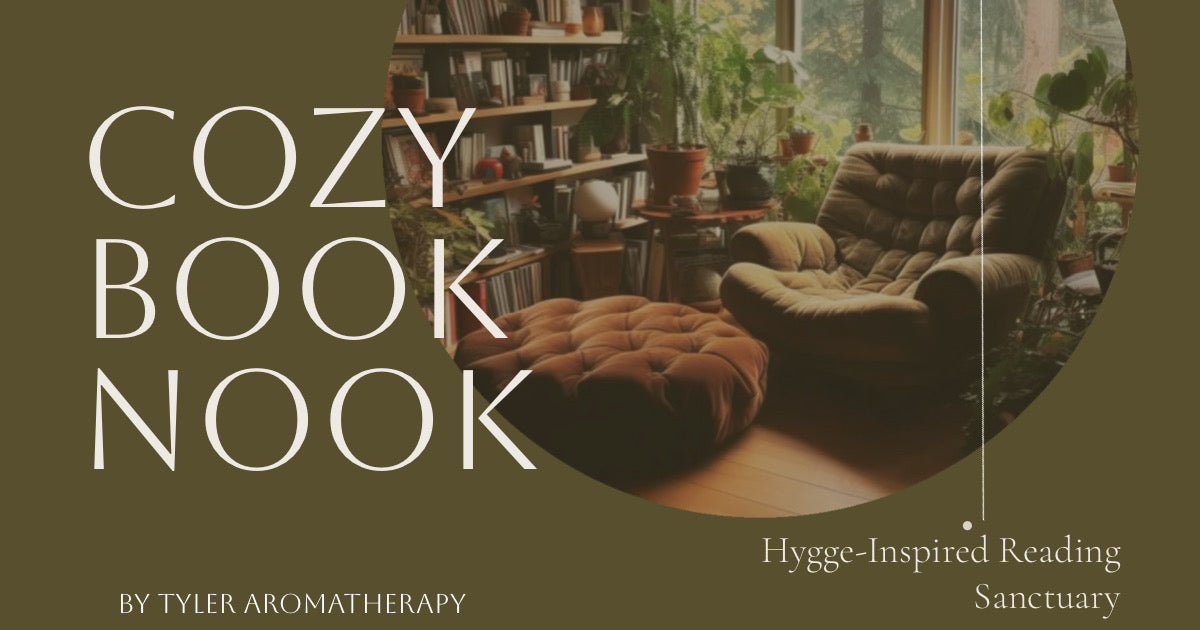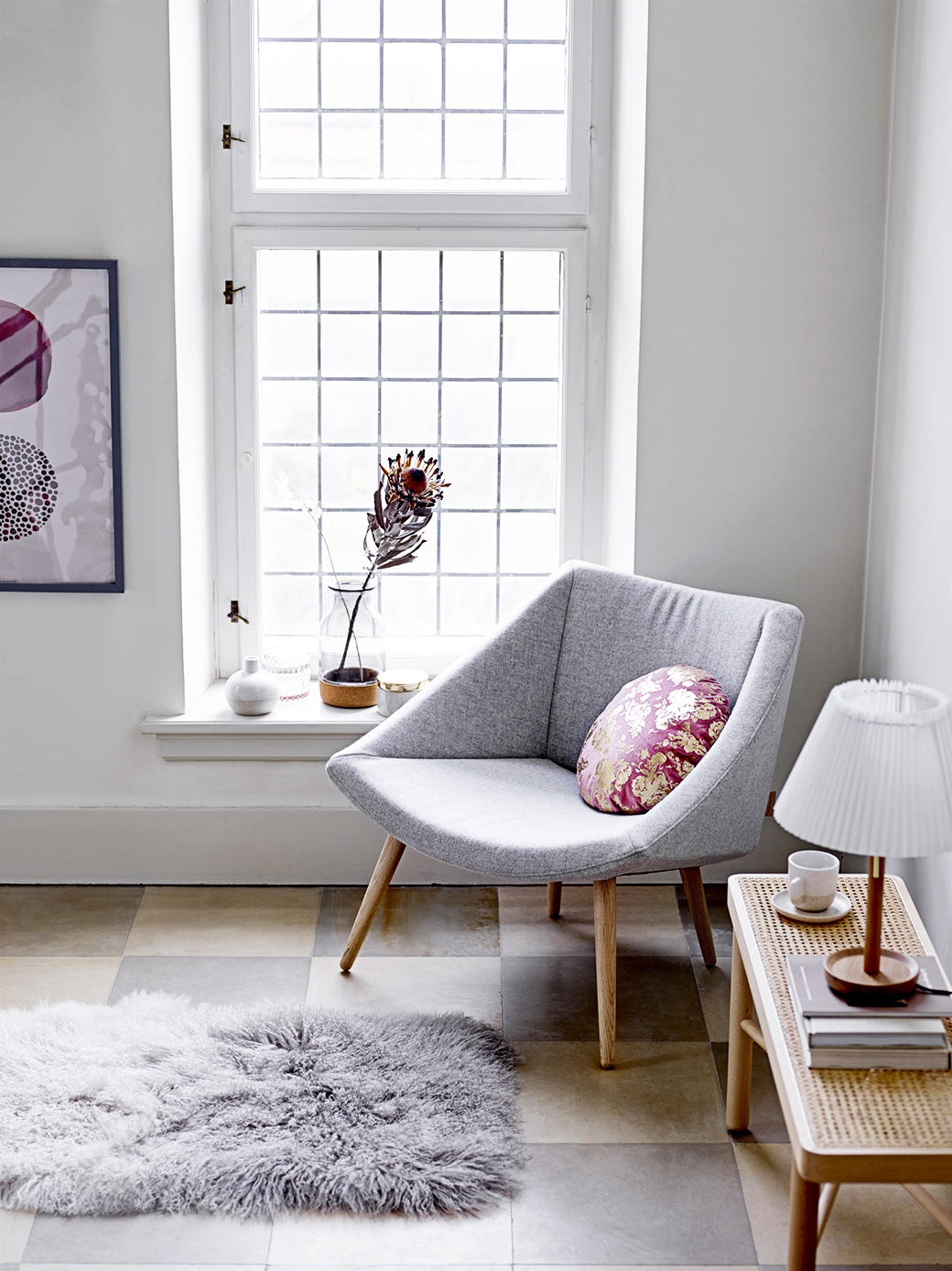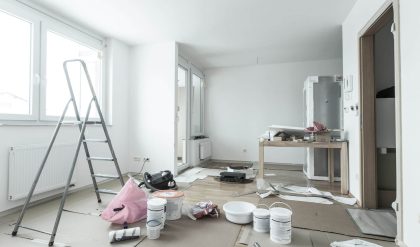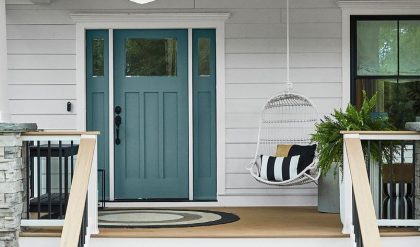
Create a Cozy Sanctuary: The Ultimate Guide to Hygge Living
Hygge (pronounced “hoo-gah”) isn’t just a fleeting trend; it’s a Danish lifestyle philosophy emphasizing comfort, contentment, and connection. It’s about creating a warm, inviting atmosphere that fosters a sense of well-being and appreciation for the simple things. This isn’t about opulent luxury; it’s about intentional coziness, a feeling of being safe, sheltered, and utterly at ease. This guide will help you cultivate your own hygge haven, transforming your space into a sanctuary of calm and contentment.
The Pillars of Hygge: Building Your Cozy Foundation
Hygge isn’t about specific items; it’s about creating a feeling. However, certain elements consistently contribute to that feeling. Think of these as the building blocks of your hygge home:
1. Light & Warmth: Embracing the Soft Glow
Natural light is key. Maximize it during the day, opening curtains and blinds to let the sunshine flood in. As evening approaches, transition to warm, soft lighting. Think candles (lots of them!), fairy lights strung across walls, or lamps with warm-toned bulbs. Avoid harsh overhead lighting – the goal is gentle, inviting illumination.
2. Texture & Comfort: A Symphony of Sensations
Hygge is about engaging all your senses. Soft textures are crucial. Think plush throws, chunky knit blankets, sheepskin rugs, and cushions in various sizes and fabrics. These tactile elements add a layer of comforting warmth and invite you to relax and unwind.
3. Natural Elements: Bringing the Outdoors In
Incorporate natural materials like wood, stone, and wool. These elements ground the space and add a sense of calm. Fresh flowers or greenery, even a simple potted plant, can bring life and vibrancy to your hygge haven. The scent of fresh herbs or flowers can enhance the sensory experience.
4. Simplicity & Minimalism: Clutter-Free Calm
While hygge is about comfort, it’s not about clutter. A clean, organized space contributes significantly to the feeling of calm and serenity. Declutter regularly, keeping only items that bring you joy or serve a practical purpose. A minimalist approach allows the cozy elements to truly shine.
5. Connection & Presence: Sharing Hygge Moments
Hygge is inherently social. It’s about sharing cozy moments with loved ones. Whether it’s a quiet evening with a book and a cup of tea or a game night with friends and family, prioritizing connection enhances the hygge experience.
Hygge in Action: Practical Tips for Your Space
| Area | Hygge Tip |
|---|---|
| Living Room | Fireplace (real or electric), comfy seating, soft lighting |
| Bedroom | High-thread-count sheets, cozy blanket, calming scents |
| Bathroom | Candles, fluffy towels, warm bath |
| Kitchen | Warm drinks, homemade treats, comfortable seating |
Beyond the Decor: Cultivating the Hygge Mindset
Hygge is more than just aesthetics; it’s a mindset. To truly embrace hygge, consider these practices:
- Mindfulness: Pay attention to the present moment. Savor your tea, appreciate the warmth of your blanket, and enjoy the company of loved ones.
- Self-Care: Prioritize activities that nourish your mind, body, and soul. This could include reading, taking a bath, or spending time in nature.
- Digital Detox: Unplug from technology regularly to reduce stress and enhance your sense of presence.
- Gratitude: Focus on the positive aspects of your life. Keep a gratitude journal or simply take time each day to appreciate the good things.
Embrace the Cozy: Your Hygge Journey Begins Now
Creating a hygge home is a journey, not a destination. Start small, experiment with different elements, and find what works best for you. The most important thing is to create a space that feels warm, inviting, and truly reflects your personal sense of comfort and contentment. Embrace the cozy, and let the hygge begin!

Additional Information
Delving Deeper into Hygge: An Analytical Exploration of Cozy Sanctuary Creation
While a guide to Hygge living might offer practical advice on creating a cozy atmosphere, a deeper analysis reveals the multifaceted nature of this Danish concept and its implications for well-being. Merely adopting visual elements of Hygge – candles, blankets, and warm drinks – is insufficient; true Hygge is a holistic lifestyle emphasizing mindfulness, connection, and contentment.
Beyond Aesthetics: The Psychological Dimensions of Hygge:
The appeal of Hygge transcends mere aesthetics. Studies show a strong correlation between Hygge practices and reduced stress levels and improved mental well-being. This isn’t solely due to the pleasant sensory experience; it’s a result of the intentional creation of a safe and comfortable environment that fosters relaxation and reduces the physiological markers of stress. For example, the ritualistic nature of lighting candles or enjoying a warm beverage can trigger the release of endorphins, contributing to a sense of calm. Research on mindfulness practices, closely aligned with the mindful appreciation inherent in Hygge, supports this claim. Studies have shown that regular mindfulness meditation leads to decreased cortisol (stress hormone) levels and increased grey matter in brain regions associated with emotional regulation.
The Social Fabric of Hygge:
While often portrayed as a solitary practice, Hygge’s essence often involves social connection. Shared experiences, such as family dinners, board game nights, or simply comfortable conversation with loved ones, are integral components. This strengthens social bonds and combats feelings of loneliness and isolation, which are increasingly prevalent in modern society. The absence of screens and focused attention on meaningful interactions during Hygge moments contribute to stronger relationships and a greater sense of belonging. This aligns with research demonstrating the vital role of social connection in promoting mental health and longevity. Studies have shown that individuals with strong social support networks tend to live longer and experience lower rates of depression and anxiety.
Sustainability and the Hygge Lifestyle:
A comprehensive understanding of Hygge necessitates consideration of its environmental impact. The emphasis on natural materials, minimal décor, and a focus on quality over quantity inherently aligns with sustainable living principles. Choosing durable, ethically sourced items and minimizing consumerism are aspects often overlooked in simplified Hygge guides. This approach contrasts with the often unsustainable trends associated with rapid consumption and fast fashion. Adopting a mindful, sustainable approach to creating a Hygge atmosphere contributes to a greater sense of responsibility towards the environment and fosters a deeper appreciation for simplicity and quality.
Case Study: The Impact of Hygge on Workplace Wellness:
The principles of Hygge are increasingly being incorporated into workplace design and culture. Companies are experimenting with creating more comfortable and welcoming work environments, incorporating natural light, plants, and communal spaces designed for informal interactions. While quantifiable data on the direct impact of Hygge-inspired workplace design on productivity is still emerging, anecdotal evidence suggests increased employee satisfaction and reduced stress levels in such environments. Further research is needed to establish a clear correlation, but the underlying principles align with the growing recognition of the importance of employee well-being for overall organizational success.
Conclusion:
Creating a “Cozy Sanctuary” through Hygge is more than just decorating; it’s about cultivating a mindful and intentional lifestyle that prioritizes well-being, connection, and sustainability. By understanding the psychological, social, and environmental dimensions of Hygge, we can move beyond surface-level aesthetics and embrace its profound impact on our lives. Future research should focus on quantifying the long-term effects of consistently practicing Hygge principles on various aspects of mental and physical health.






